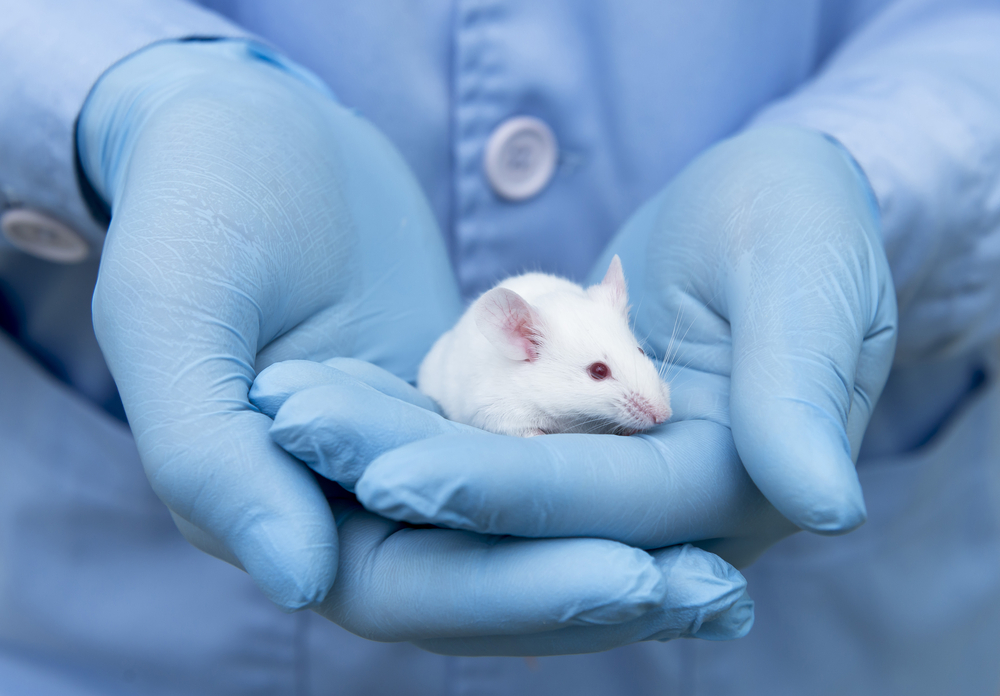New Mitochondrial Gene Mutation Speeds GRACILE Progression, Study Shows

A new spontaneous mutation in the MT-CYB gene — which provides instructions for making a protein called cytochrome b that plays a key role in mitochondria — was found to accelerate the progression of GRACILE syndrome, a rare mitochondrial disease, a study in mice showed.
This finding may provide a new tool to study mitochondria and mitochondrial disorders, the researchers said.
The study, “A spontaneous mitonuclear epistasis converging on Rieske Fe-S protein exacerbates complex III deficiency in mice,” was published in the journal Nature Communications.
GRACILE syndrome is a severe disorder, characterized by serious effects on unborn babies. These include intrauterine growth retardation (IUGR), iron overload, impaired bile flow from the liver to the small intestine, called cholestasis, and an excessive content of amino acids — the building blocks of proteins — in the urine, known as aminoaciduria. The prognosis is poor in GRACILE syndrome, with a high infant mortality rate.
While rarely found in Sweden and the U.K., GRACILE syndrome is prevalent in Finland, where it has an incidence of about 1/50,000 births.
The disease is caused by a mutation in the BCS1L gene, which provides the instructions to make a protein found in mitochondria, the cell structures responsible for producing energy in the body.
The BCS1L protein is essential for the assembly of complex III, a group of proteins that perform one step of the energy-making process called oxidative phosphorylation. Simply put, this process involves the conversion of oxygen and simple sugars into adenosine triphosphate (ATP), a small molecule that is used as “fuel” by all cells in the body.
While GRACILE syndrome occurs due to the BCS1L gene mutation, scientists at the Folkhälsan Research Center and the University of Helsinki have now discovered, by mere chance, that a mutation in the mitochondrial gene cytochrome b (MT-CYB) drastically worsens the disease in mice.
The MT-CYB gene provides instructions for the production of one of the proteins that makes up complex III, called cytochrome b. Of note, this protein is the only one in complex III that is produced from a gene found in mitochondrial DNA (mtDNA), the mitochondria’s very own DNA.
The research team stumbled upon this discovery when they noticed that two different strains of animals with GRACILE syndrome had a five-fold difference in survival.
When investigators sequenced the mtDNA of mice that had a shorter survival, they identified a spontaneous mutation in the MT-CYB gene that further decreased the activity of complex III. As a result, the lifespan of these animals was shortened to 35 days. Meanwhile,the mice that did not carry this mutation lived for 200 days.
By a series of computer and structural studies, the researchers determined that this mutation affected the movement of the Rieske protein, also part of complex III, during the energy-making process in mitochondria.
The researchers showed “the effects of this non-pathogenic [non disease-causing] variant and the disease-causing Bcs1l mutation converge to exacerbate CIII [complex III] deficiency and disease progression.”
“Modifying the nuclear genome [DNA in the cell nucleus] has been commonplace in experimental animal models for a long time, but we are yet to develop a technique with which to transfer mutations in a targeted manner to as many as thousands of copies of the mitochondrial genome [mtDNA] in every cell,”Jukka Kallijärvi, PhD and senior author of the study, said in a press release.
“Our unique mouse model, which carries the spontaneous mtDNA variant, could prove a valuable tool in studies of both mitochondrial diseases and the function of mitochondria in general,” Kallijärvi added.
Although normal mice that carry this spontaneous mtDNA mutation appear otherwise healthy, their metabolism seems altered. In addition to mice, this mutation has been found in other animals, including a sloth species in South America that have a very slow metabolism and a poor diet.
“It is interesting to speculate that the mtDNA variant may be beneficial in certain conditions, which is why it occurs in nature. In further studies, we are interested in the effect of this variant, which subtly affects mitochondrial functions, on metabolism and aging in mice,” Kallijärvi added.






